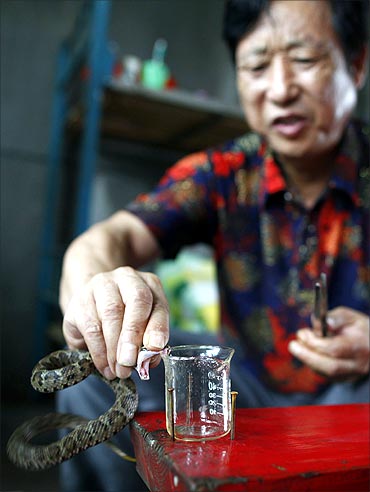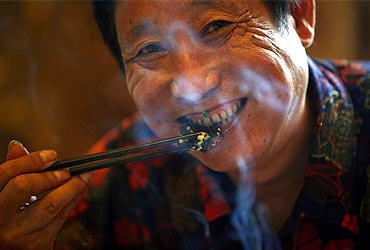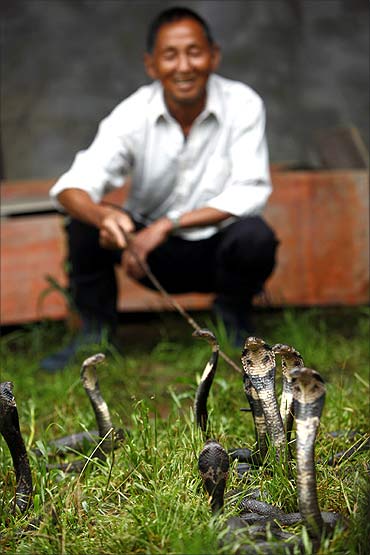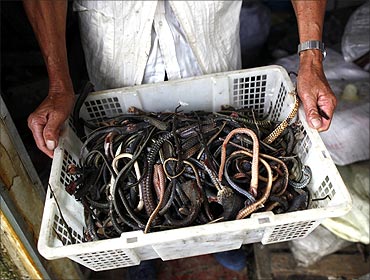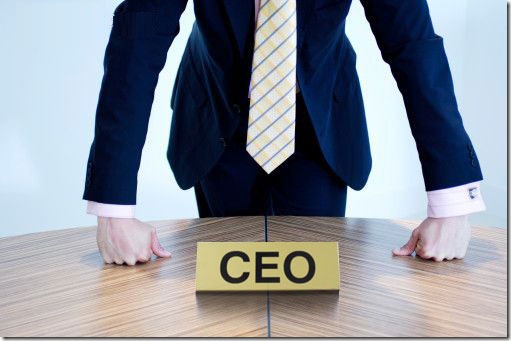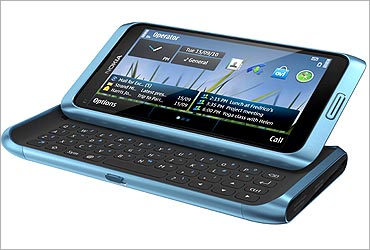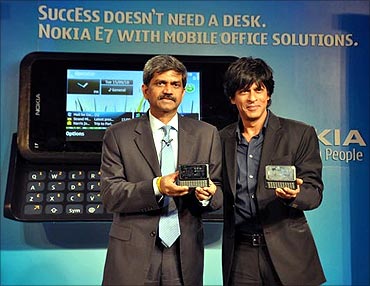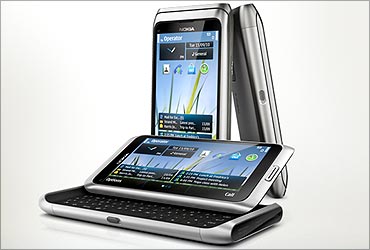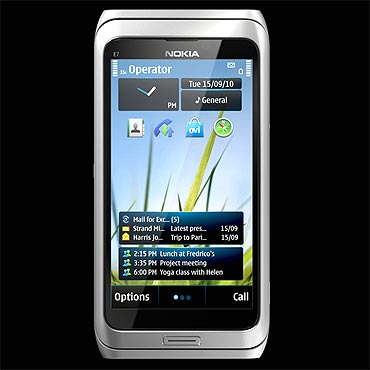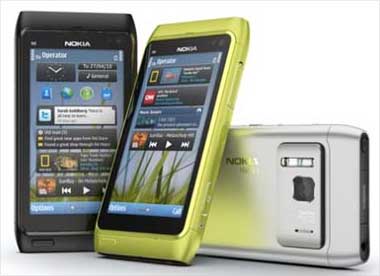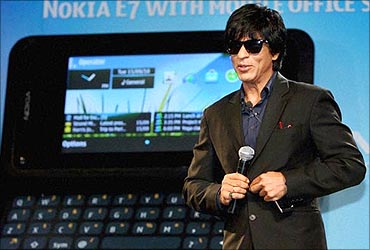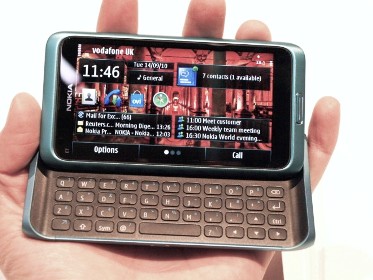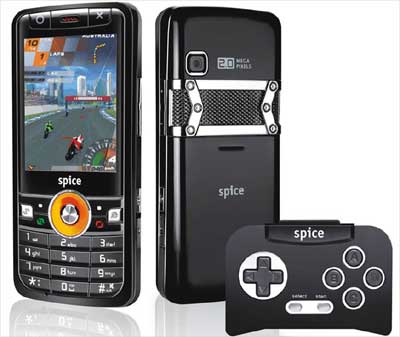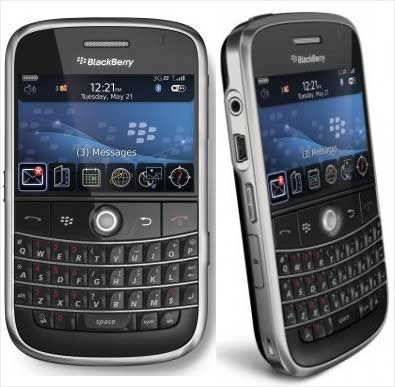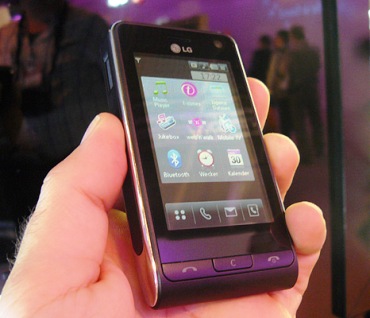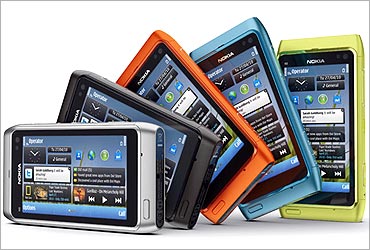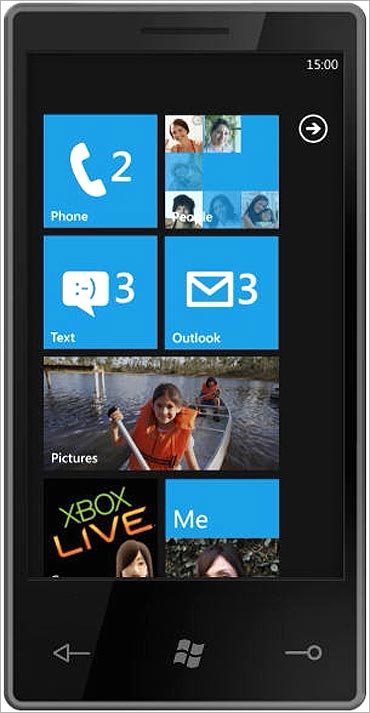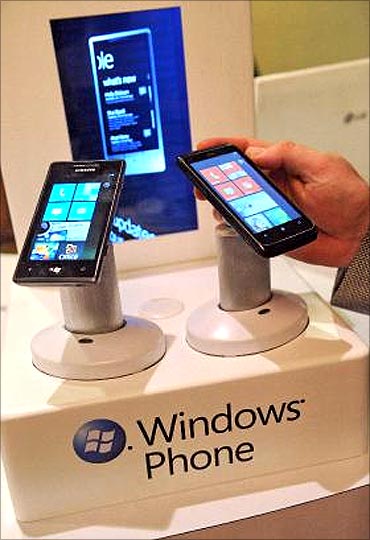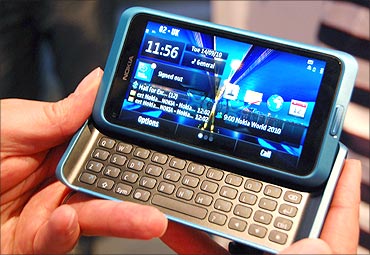With the Nano starting at around Rs 1.5 lakh, and bunch of options - from the 800 to the Alto and the Indica - we decided to take a quick spin around the globe and fantasise over some of the new car options and see how our 'cheap' cars match up.

Presented in descending order of price (at current exchange rates), our top ten findings might make painful reading for anyone struggling with a Zeppelin-size balloon payment on a scheme for a Merc. And for anyone contemplating the insanity of Rs 25 lakh on BMW's cheapest offering, this is compulsory reading...
Fiat Palio - Rs 4.25 lakh

Hanging in at number 10, the Palio is the archetypal world car - conceived to conquer all corners of the globe by virtue of a flexible design that can adapt to local requirements. Think McDonald's made metal.
That's probably why though, in its bones, it's so horribly bland. Design-wise, there's more archaeology than architecture here - the chassis originates from Fiat's 1993 Punto and much of the gubbins is recycled Uno.
Since then, it's seen more surgery than Simi Garewal, though an all-new Palio is promised this year. However, Fiat got a lot right with this car, if factory output is your measure of success: It's quicker to ask where this car isn't made than where it is.
Its manufacture began in Brazil (where it sells for well under Rs 4.5 lakh) back in 1996 and production spores have germinated thereafter in Argentina, Turkey, Poland, Morocco, South Africa, Russia, India and China. As a station wagon and pick up, the Palio is sold today in parts of Europe. Engines vary widely, using much of Fiat's repertoire. Some run on LPG and ethanol.
Hyundai i10 - Rs 4.2 lakh

The badge might be Korean, but the i10 is actually built in Chennai where keenly contained labour costs ensure its sub-Rs 4.5 lakh price and ninth position in our charts. A strong foothold in India also ensures this Korean marque is well placed for tapping into the growing demand for affordable motoring across Asia - after all, that's where 60% of humans live.
That said, this is defined as a premium hatchback, so it's chasing more aspirational customers than those just looking for something one step up from a motorcycle. Power comes from 1.0, 1.1 or 1.2-litre petrol options or a 1.1-litre CRDI diesel. Options include airbags, Bluetooth connectivity and reverse sensors.
Tata Indica - Rs 3.9 lakh

Not quite cheap as chapattis, the Indica, available at Rs 3.9 lakh, has been running since 1998 with a restyle in 2007 and no signs of retreat, despite the arrival of a bigger version, the Vista.
Although it's been plagued by market recalls (most centring on poor mileage returns and lack of power), the Indica has been a strong seller in parts of Europe and South Africa.
Power comes from a 1.4-litre block, in either petrol or turbo-diesel guise.
Chery A-1 - Rs 3.37 lakh

Currently sharing the top spot as Australia's cheapest wheels (and sold there as the J1), the Wuhu-manufactured A-1 is the world's cheapest credibly contemporary supermini - yours for Rs 3.37 lakh in China. It's styled by Bertone and kitted to succeed in its mission: to get out there and sell across the globe.
Engine choice rests between a 1.1 or 1.3-litre, both being 16-valve designs, with spec levels ranging from Standard, to Comfortable and Luxury. The latter two have central locking, alloys, ABS and reverse radar.
Chery is a Chinese-government-owned brand and dates back to only 1997; this model is a top export for the brand and would have gone on sale in the US under a Chrysler deal, had the agreement not fallen apart in 2007.
Geely HQ SRV - Rs 2.66 lakh

Will we see more domination of the cheapest global car charts from China? The rise appears unstoppable to most analysts though export potential can be undermined by poor safety specs. Auto giant Geely is rumoured to be currently readying the spellcheck-defying Geely Gleagle IG for 2012, based on a fancy gullwing concept shown at the last Beijing show.
If it delivers on its promises, it'll cost just Rs 1.03 lakh, on current exchange rates, blasting India's current and planned models into the weeds. Until then, the chunky Geely HQ holds our number six slot, selling for less than Rs 2.7 lakh in its home market.
The nose looks like a 1992 C Class signed off during a fire alarm, but the HQ (or Haoqing) is a mightily popular Daihatsu Charade-based hatchback, chiefly powered by a three-cylinder 993cc engine offering 55hp and 12.8 kmpl.
Geely Merrie MR - Rs 2.53 lakh

The Merrie makes many smile in China, where it's up for grabs at just Rs .2.53 lakh. It certainly looks like a lot of car for the money, perhaps because its rear hatchback end protrudes to look like a more upmarket saloon.
There's a booted version, too, called the Oliou. Together, they originate from the underpinnings of Daihatsu's mid-1980s Charade and Geely also makes an offshoot of the range known as the Rural Nanny and the Urban Nanny. Despite their evocative badges, these are not roadgoing crèches but actually pick-up trucks.
Power for the Merrie comes from a 1.3 or 1.5-litre double overhead cam unit, offering 86hp or 94hp (the latter returning 12.5 kmpl overall). Notably, this is the cheapest four-cylinder 16-valve option globally.
Maruti 800 - Rs 2.3 lakh

Tata Nano salesmen might sneer that this domestic rival, India's second-cheapest car, has 21% less internal space than the Nano and is 8% heftier on the outside. And this 45hp 0.8-litre pipsqueak is certainly a little less cutting-edge than the Nano, given a shape obstinately unchanged since 1983.
Still, 2.5 million buyers shell out the necessary Rs 2.3 lakh and it's generally seen as the best all-round economy car in India, even though it averages a so-so 14 kmpl. Buy while you can though - it's being phased out of the Maruti range, largely for emissions reasons. If you desperately want one thereafter, get a flight to Pakistan - it's defiantly on sale there as the seatbelt-free Suzuki Mehran.
Chery QQ - Rs 2.2 lakh

Looks like a loving tribute to the Matiz, doesn't it? Yep, GM's lawyers thought the same, which is why they tried to sue Chinese maker Chery Automobile for copyright, citing such specifics as the doors of a Matiz and a QQ being 100% interchangeable.
Although quite a bit above the price of our no. 1 miser's motor, throughout much of the globe this three-cylinder 800cc hatchback is the cheapest available car - and costs less than Rs 2.25 lakh in China.
It's called the IQ in Chile, incidentally, as QQ reads "cuckoo" - local parlance for insane. Structural integrity may be an issue: in a Euro NCAP offset test, the results suggested a paltry lone star. Far-east driving forums are equally cautious. Writes one Singapore consumer: "I got the gear knob fall-off during the test drive." Never a pleasant experience.
Jiangnan Alto - Rs 1.74 lakh

Produced in China under licence from Suzuki, the Jiangnan Alto is based on the 1985 shape Alto and has a three-cylinder 800cc engine producing 44bhp, plus a manual four-speed gearbox. Pound for pound, it's about Rs 30,000 more pricey than the Tata Nano, though it's the cheapest current option for Chinese drivers and and its fans point out that it has a radio, air con and ABS as standard, making it better value.
Jiangnan is historically a weapons manufacturer, so don't argue with them.
Tata Nano Std - Rs 1.45 lakh

Promising a new dawn of safe mobility for India's masses (and hoping to address a road-death toll that currently stands at 14 fatalities per hour), the Nano began life at a projected Rs 91,875, but the Gujarat-built 624cc 20-ish kmpl runabout has struggled to contain rising material prices. It looks like a hatch, but the engine's in the back and access to the remaining boot area is only via the interior.
How long Nano holds this top spot is debatable: in its rear-view mirror (which reassuringly comes as standard), Bajaj Auto is readying an 30 kmpl rival, due in 2012 and built with Renault-Nissan assistance. The rumoured price? Rs 1.15 lakh.





